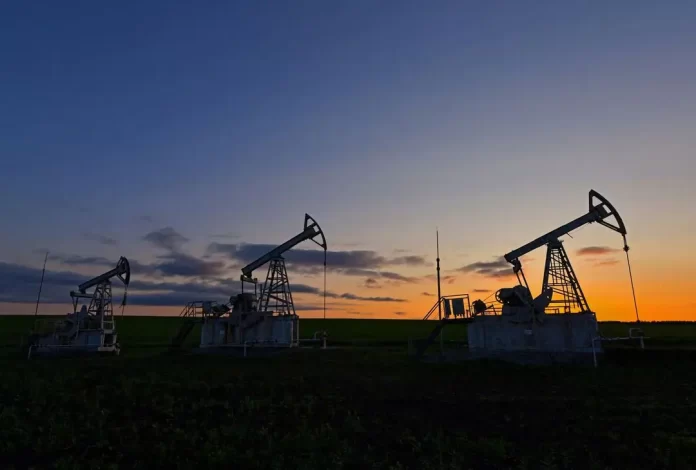London, Aug 11 (The Street Press) – The IEA Predicts OPEC+ Supply Reductions Might Deplete Oil Reserves Throughout the Remainder of the Year, Potentially Leading to Further Price Increases. However, Economic Challenges Could Restrain Global Demand Growth in 2024. The recent surge in oil prices, driven by tighter supplies resulting from OPEC+ production cuts and increasing worldwide demand, has propelled Brent crude to peak at over $88 per barrel on Thursday—its highest point since January.
The IEA has indicated that adhering to OPEC+ present objectives could lead to a reduction of 2.2 million barrels per day (bpd) in oil inventories during the third quarter and 1.2 million bpd in the fourth quarter, “with a risk of driving prices still higher”.
The Paris-based energy authority stated in its monthly oil market report that the intersection of intensified OPEC+ supply reductions with improved macroeconomic outlook and record-breaking global oil demand has contributed to this scenario.
In late 2022, the Organization of the Petroleum Exporting Countries (OPEC) and its allies initiated supply restrictions to strengthen the market. In June, they extended these measures into 2024.
The IEA noted that global oil supply experienced a significant drop of 910,000 bpd in July, partially due to a substantial decrease in Saudi output. However, Russian oil exports remained stable at approximately 7.3 million bpd during the same month, according to the IEA.
For the upcoming year, the IEA predicts a considerable deceleration in demand growth, estimating it to be around 1 million bpd. This projection is attributed to lackluster macroeconomic conditions, the waning momentum of post-pandemic recovery, and the increasing adoption of electric vehicles.
“As the post-pandemic rebound approaches its culmination and while numerous challenges confront the economic outlook of OECD nations, the pace of oil consumption growth decelerates significantly,” stated the IEA, referencing the Organisation for Economic Co-operation and Development countries.
The IEA’s projection for demand growth has decreased by 150,000 bpd compared to last month. This stands in contrast to OPEC’s outlook, as they maintain their forecast of a much stronger 2.25 million bpd rise in oil demand for 2024.
Amidst soaring interest rates and tighter bank credit, which are affecting businesses already grappling with sluggish manufacturing and trade, the IEA commented, “The global economic landscape remains demanding.”
For 2023, the disparity between the IEA and OPEC forecasts is narrower. The IEA foresees demand expanding by 2.2 million bpd in 2023, supported by increased air travel during the summer, heightened oil utilization in power generation, and robust Chinese petrochemical activity. Conversely, OPEC predicts a rise of 2.44 million bpd.
The IEA anticipates an average demand of 102.2 million bpd for this year, with China contributing over 70% of this growth, despite concerns about the economic well-being of the world’s foremost oil importer.


